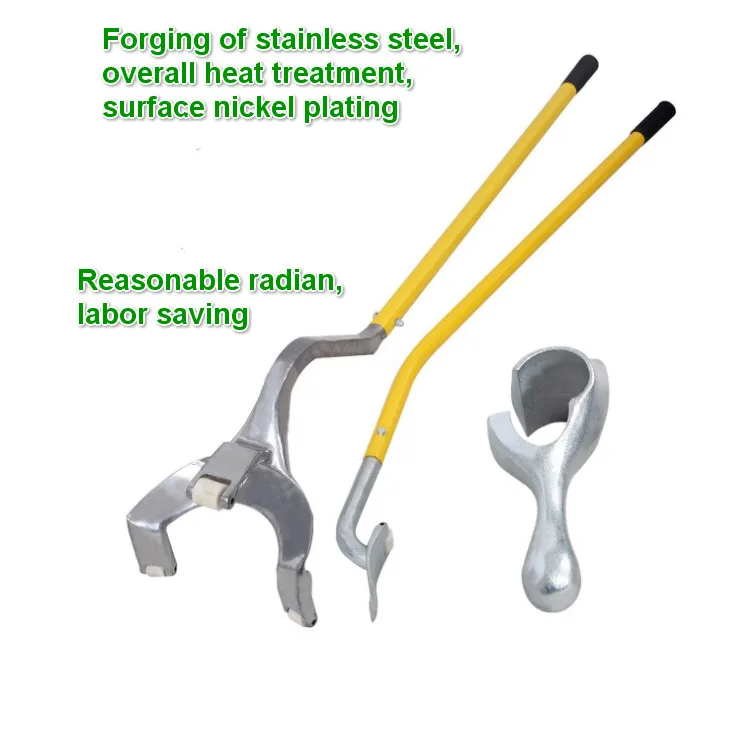This tire mounting safety instruction is valid for all tire brands of Continental AG and is not intended to provide proper training or service procedures for tire mounting. Please leave these tasks to qualified tire service professionals.
Mounting tires on rims can be dangerous.
Tire mounting should only be undertaken by a qualified tire service professional.
Never perform tire service procedures without proper training, tools and equipment. Attempting to mount tires with incorrect, damaged or insufficient tools and/or without applying correct procedures may result in a tire explosion causing serious personal injury or death.
Always read, understand and follow any manufacturer’s warnings contained in owner’s manuals, on the equipment, listed on websites and/or molded onto the tire sidewall.
Never inflate an unsecured tire. Never stand, lean, or reach over a tire-rim assembly during inflation. Stay well clear from any tire that is being inflated in consideration of local conditions.
Ensure suitable personal protective equipment i.e. safety glasses, hearing protection, work shoes.
General Aspects:

Tire Dismounting:
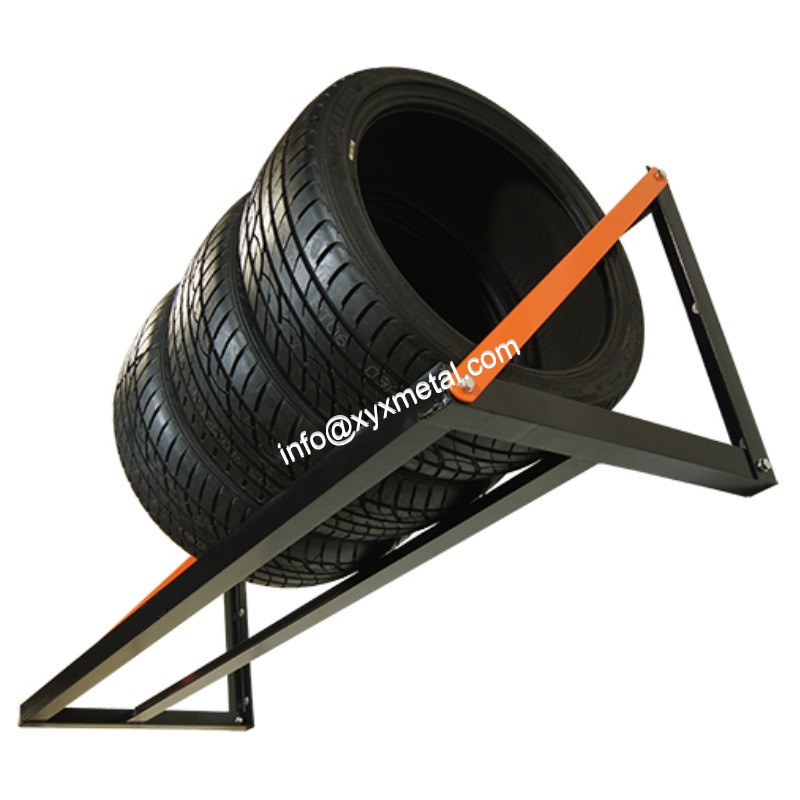
Tire Mounting:
 If the tire does not pop into place even at this pressure, the pressure must be released and the cause identified and eliminated. Then the procedure can be repeated.
If the tire does not pop into place even at this pressure, the pressure must be released and the cause identified and eliminated. Then the procedure can be repeated.COUNTRY | MAXIMUM MOUNTING PRESSURE | STANDARD | |
Germany | Pop Pressure: 330 kpa (3,3 bar) / 48 psi Seating Pressure: 400 kpa (4,0 bar) / 58 psi | WDK | |
USA/CAN | 275 kpa (2,75 bar) / 40 psi | RMA/USTMA | |
Brazil | 275 kpa (2,75 bar) / 40 psi | ALAPA | |
Japan | 300 kpa (3,0 bar) / 44 psi | JATMA |
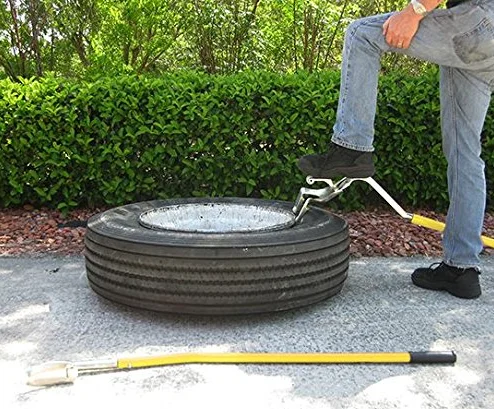
Run Flat tires (SSR):
Contact:
Technical Customer Services Tires
Email: [email protected]
The U.S. Occupational Safety & Health Administration (OSHA) has issued new procedure standards that should be learned and considered by those individuals who mount, demount and inflate commercial truck tires.
An inflated tire and wheel can be very dangerous if misused or worn out. These standards (No. 29, CFR Pat 1910.177) should be reviewed extensively with new dealership employees. It is very important that these standards are reviewed on a regular basis, not just during the first week after hiring the new employee.
Training on these OSHA standards must include both textbook work and a full demonstration that the employee can perform the following key procedures:
• Tire mount/demount and inflation/deflation
• Wheel inspection
• Using restraining devices
• Handling of wheels
• Inflating tires when mounted on a vehicle
• Installing and removing wheels from vehicles
• Where to stand (to remain outside of air blast trajectory) during and after inflating a tire
Demounting Tires
Restraining devices – more commonly called “safety cages” – are a very important aspect of the OSHA rules when it comes to inflating tires. These safety cages must be inspected on a daily basis to ensure there is no cracking or corrosion, which can reduce their effectiveness if a tire/wheel assembly comes apart during the inflation process. These safety cages must never be bolted to the floor.
Tires must be completely deflated prior to demounting. Removing the valve core is required to ensure complete deflation.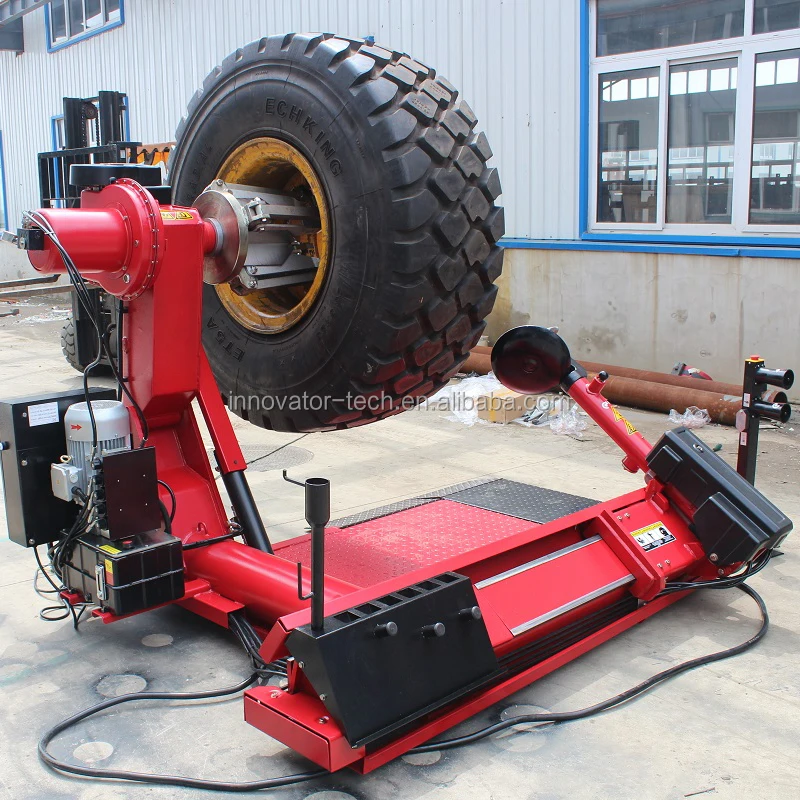 When you demount a single-piece wheel, it should always be done from the narrow ledge side of the wheel.
When you demount a single-piece wheel, it should always be done from the narrow ledge side of the wheel.
Wheels must be closely inspected before a tire is mounted. You are looking for rust, cracks or bent rim flanges. The bead seat areas should be thoroughly cleaned.
Mounting Tires
Of course, you must verify that the wheel size is appropriate for the specific tire, and damaged or leaky valve stems must be replaced.
A non-flammable certified lubricant will ease mounting and eliminate tire damage; apply it to both tire beads and the bead seat areas to make mounting as easy as possible. Tires going on steel wheels should be mounted from the narrow ledge side of the rim. When a tire changing machine is used, the tire must be inflated only to the minimum pressure necessary to get the tire bead into the rim flange.
A tire safety cage must always be used when inflating a commercial truck tire. The only exception is when the wheel is bolted on a vehicle while being inflated.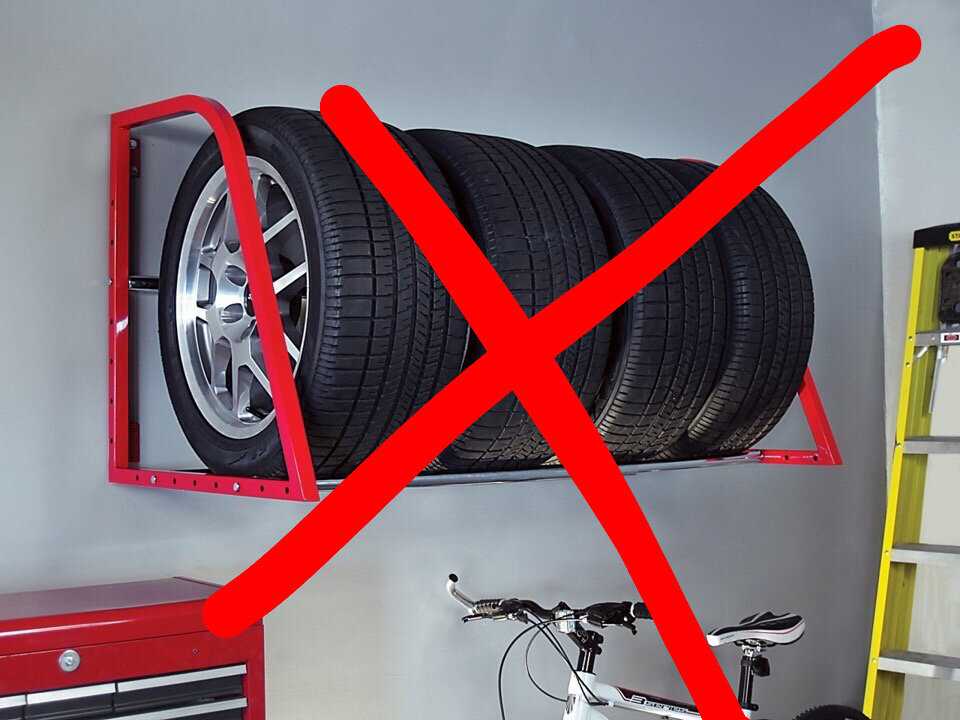 It is critical that the person inflating the tire stay out of the wheel and air blast trajectory during the inflation process. Always use a clip-on air chuck with enough hose to ensure that the tire tech stands completely clear and away from the inflating tire.
It is critical that the person inflating the tire stay out of the wheel and air blast trajectory during the inflation process. Always use a clip-on air chuck with enough hose to ensure that the tire tech stands completely clear and away from the inflating tire.
It is permissible to inflate a tire on a vehicle providing the tire has more than 80% of the recommended tire pressure. As with inflating in a safety cage, make sure that a clip-on air chuck and ample air line can allow tire techs to stand clear from the tire assembly.
Other Considerations
Proper techniques for vehicle jacking and lifting (when changing tires on vehicles) are not included as part of OSHA standards, but are very important when it comes to safety and should also be reviewed on a regular basis. Every year there are many injuries associated with improper jacking and lifting of a commercial vehicle.
The two types of lifting devices for commercial vehicles are hydraulic jacks and air-over-hydraulic jacks.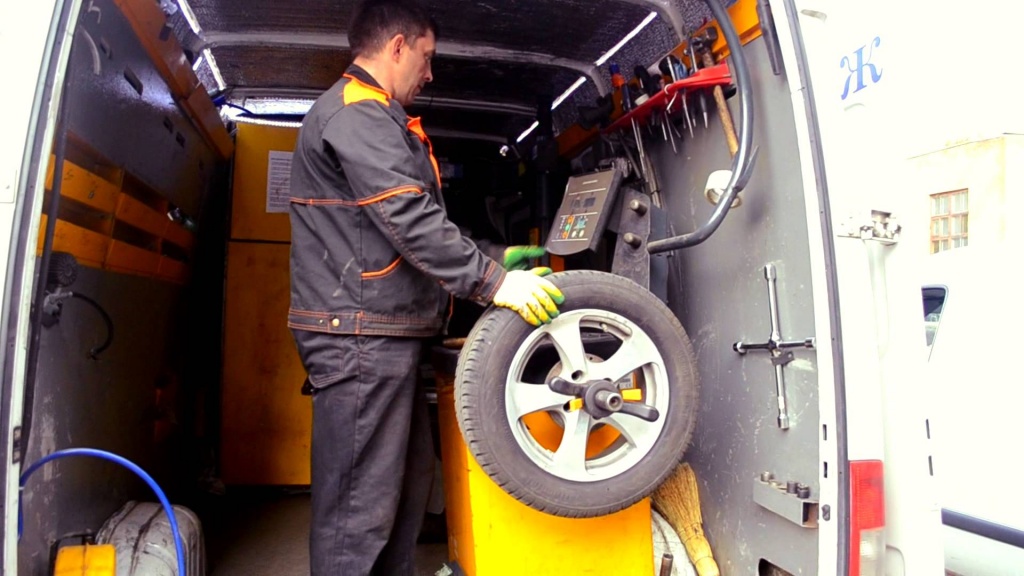 Hydraulic jacks do require compressed air. The advantage in these devices is that they are very portable and come in just about any height to accommodate nearly every type of commercial vehicle.
Hydraulic jacks do require compressed air. The advantage in these devices is that they are very portable and come in just about any height to accommodate nearly every type of commercial vehicle.
Air-over-hydraulic jacks also require compressed air, also are highly portable, and also come with different height adapters to accommodate tractors and trailers.
The most critical item in the process is for the technician to ensure that the lifting capacity of the device is greater than then weight of the axle being lifted. The jack should always be inspected to make sure it is in good working order with no damage. Jack stands are designed to support the weight of the vehicle; neither jack style is designed to support vehicle weight, only lift it.
Jack stands must have a rated capacity greater than the axle being lifted. If you are lifting an entire axle, then two jack stands are required, one on each end of the axle. Jack stands all must have a mechanical locking pin to prevent accidental vehicle lowering.
When it comes to lifting, one very common mistake is that the ground under the axle was not inspected to ensure it is firm and level prior to lifting the vehicle. If the ground is soft and/or uneven, then it is time to move the vehicle to a better location. You certainly don’t want the vehicle sinking into soft ground during this process.
Once you do find a suitable location, the vehicle must be secured using wheel chocks to ensure it cannot move forwards or backwards. The parking brakes also should be applied.
It also is very important to ensure the jacks and jack stands are placed directly under the axle beam/tube. Never place the jacks on the U-bolts, which can be damaged and make future spring replacement a lot more difficult. In addition, the area on the U-bolt is very small and placing a jack in this area could pose a safety hazard.
After the tire has been raised about an inch off the ground, a jack stand must be placed directly under the axle. Then, release the jack so the load is completely supported by the jack stands.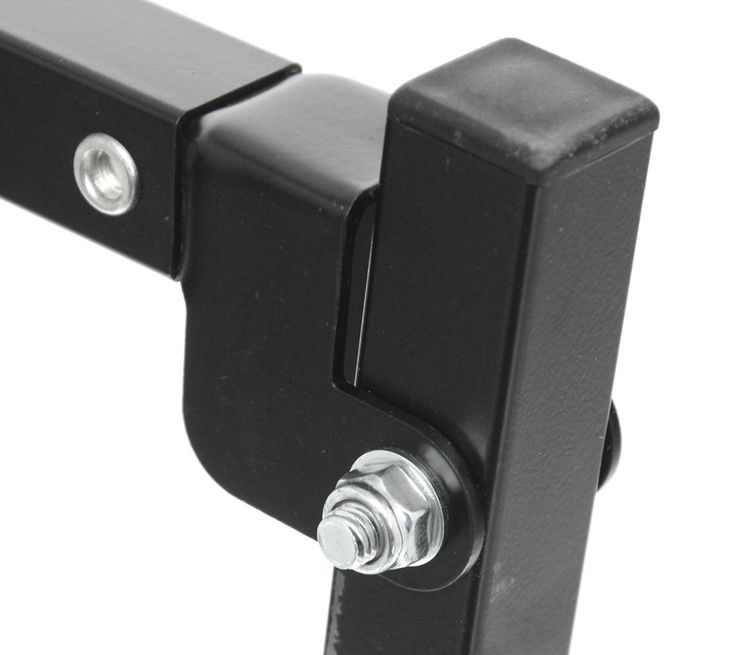 Never crawl under or work on a vehicle unless it is supported by the jack stand.
Never crawl under or work on a vehicle unless it is supported by the jack stand.
Tire air pressure should be checked prior to removing the tire assembly from the vehicle with a calibrated gauge. If the measured tire pressure is 80% or less of the fleet pressure specification, then the tire must be completely deflated prior to removal from the vehicle.
An impact wrench can be used to loosen each wheel fastener. After the fasteners have been removed, the wheels should be removed carefully so as not to damage the threads on the studs.
Following the correct procedures when it comes to mounting, de-mounting and inflating tires – both on and off a vehicle – will ensure that everyone remains safe and free from injury.
In this article:
 The five most serious omissions of motorists associated with “changing shoes” are in the review of the AvtoVzglyad portal.
The five most serious omissions of motorists associated with “changing shoes” are in the review of the AvtoVzglyad portal. Kristina Izvekova
The snow has not yet melted off the lawns, and the most hasty drivers have already put the winter tires in the storerooms. Realizing that in a couple of weeks there would be huge queues at the tire shops, they decided to slip through before the influx. Like, so what, that at night the temperature drops to minus values, and at any moment it can snow - I'm experienced, I'm not afraid of frost.
Due to the overconfidence of such hurried people, we stand in traffic jams every morning, going around dozens of small and very stupid accidents. And it’s good when only hardware suffers in such incidents. And then after all, sometimes they fly out onto the sidewalks, crippling innocent pedestrians.
In order not to create problems for yourself or others, it is better to wait until the average daily temperature reaches +5C.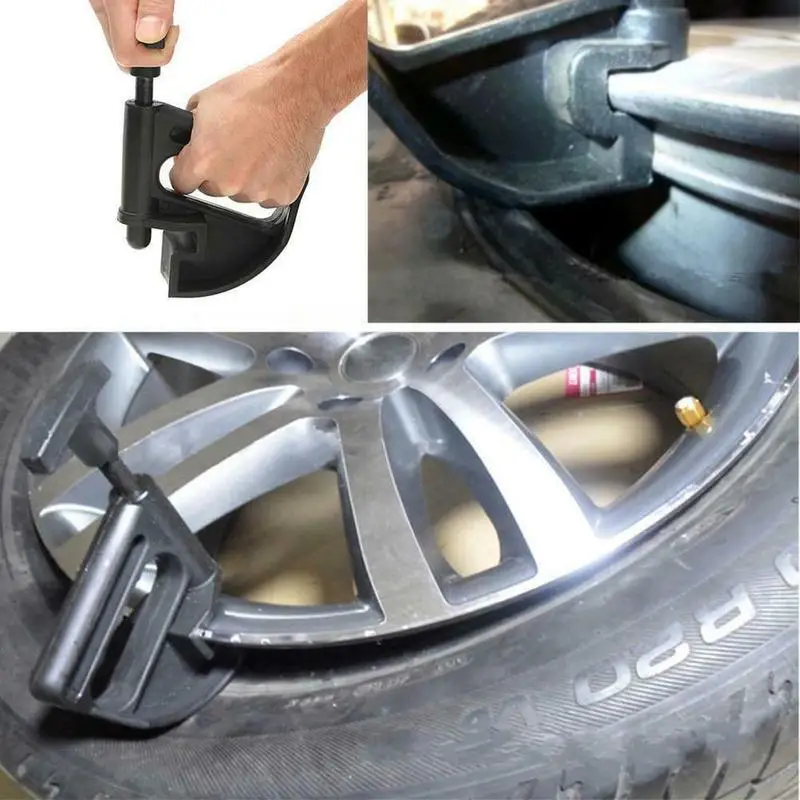 And for those who are terribly afraid of queues, we can advise you to sign up for tire fitting in advance - by phone or via the Internet. Yes, many workshops today offer such a service.
And for those who are terribly afraid of queues, we can advise you to sign up for tire fitting in advance - by phone or via the Internet. Yes, many workshops today offer such a service.
mos.ru
It is not uncommon to see that drivers bring their car in for a "change of shoes", express their wishes to the craftsmen and go off to drink coffee, fully trusting the specialists, many of whom are not. Amateurs often ignore factory stickers, putting "standard" 2.0 atmospheres on all wheels. Although on some cars this value should be higher, on others it should be lower, on others it should be completely different along the axes.
It is very important to check that the master pumps exactly as much as the manufacturer prescribes. We have no doubt that our readers know what the operation of a car with incorrect tire pressure is fraught with, but for beginners, we still recall: a careless attitude to atmospheres provokes accelerated tire wear, poor handling and braking, and increased fuel consumption.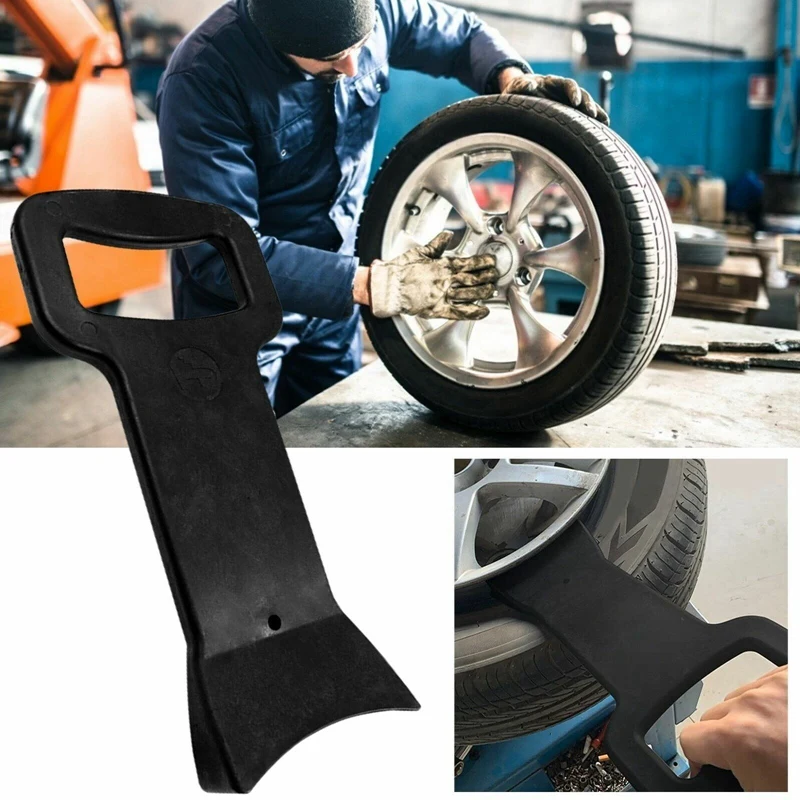
By the way, would-be specialists sin not only by setting the wrong pressure - many of them also tighten the nuts with an air gun, which is also not recommended. Why? Yes, because even at minimum power, his efforts will be redundant. As a result - broken studs, turned bolts, damaged discs. Here you need a torque wrench and moderate efforts - that is, without dancing on a balloon and deadly puffs.
372859
photo: social networks
158580
Many, when they go for seasonal change of shoes, brush aside balancing in order to save time and money, which is also a gross mistake. Ideally, it should be carried out every 10,000-15,000 km. And for those who like to drive or operate the car mainly on broken roads, and even more often - about once every 5000 km. And it doesn’t matter if the wheels are “transferred” from winter tires to summer tires or the wheels are changed as an assembly.
What terrible thing will happen if you systematically “forget” about balancing? For starters, vibrations and beats will appear, which not only unnerve the driver, but also reduce the life of the tires. In addition, vibrations, if not eliminated in time, can “shake” the suspension, steering and brake systems. And this is not only serious expenses for repairs, but also a high risk of a fatal accident.
In addition, vibrations, if not eliminated in time, can “shake” the suspension, steering and brake systems. And this is not only serious expenses for repairs, but also a high risk of a fatal accident.
Finally, many drivers don't take care to store their wheels unless they take them to tire hotels. You can’t throw tires anyhow and anywhere: carefully put the assembled wheels on top of each other in a pile or hang them, and put the tires without disks in a row. Make sure that the tires do not get ultraviolet and precipitation. You can use covers or bags, but be sure to wash the tires before packing, because dirt also negatively affects the service life.
We solve the eternal dispute of motorists
71867
We solve the eternal dispute between motorists 9000 .Zen
road safety, wheels, summer tires, car service, repair, tires, winter tires, tire fitting
For a vehicle, proper tire fitting is just as important as routine maintenance - the replacement of consumables.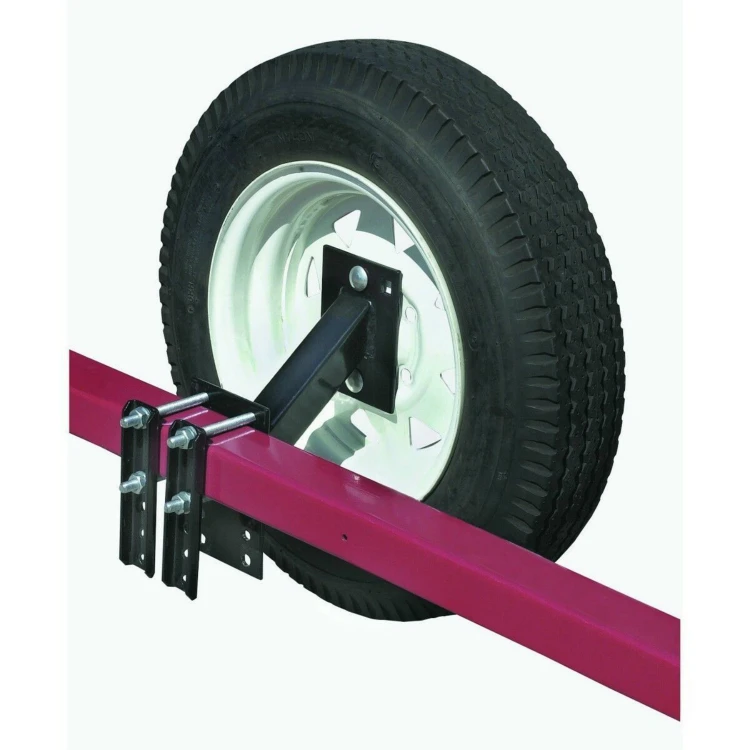
Your safety on the road depends on the correctness of the seasonal tire change, inflation, and balancing of the discs.
Therefore, special attention should be paid to the competence of tire fitters. The level of their qualifications is assessed by the result of their work.
If the quality of the work is high, which will positively affect the durability of the suspension, stability and handling of the car. In order not to be unfounded, we give examples of incorrect tire fitting.
| Errors | Consequences |
| Poorly balanced wheels, static imbalance | Increased loads on wheel mechanisms. Rapid wear of the wheel bearing, ball bearings, rods, suspension struts, tips. Excessive vibrations are transmitted to the steering wheel.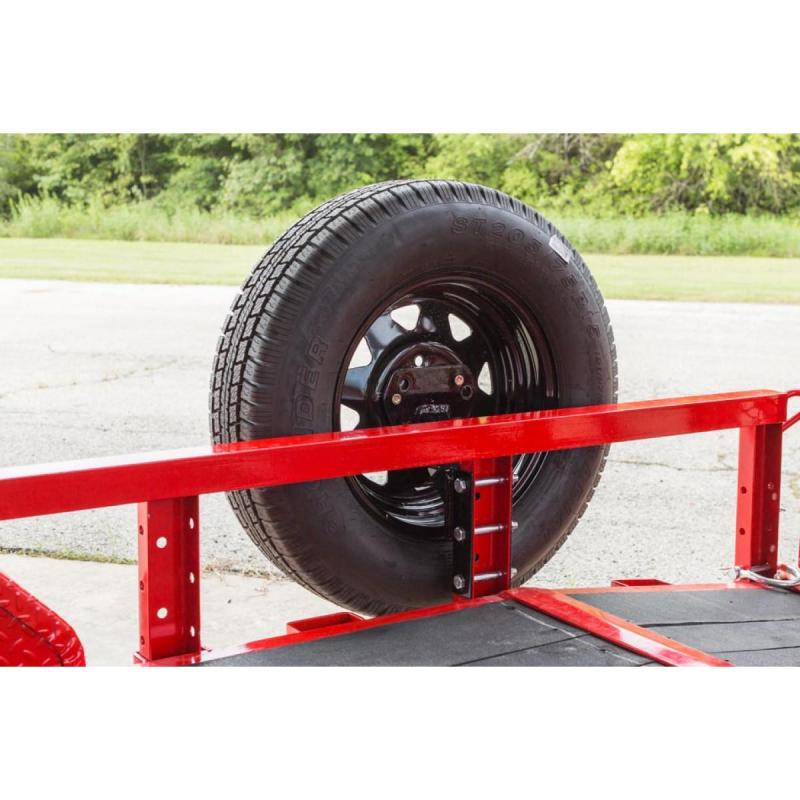 |
| Violated the rules for installing a tire on a disk | The power area of the tire wears out ahead of time. The wheel may burst at high speed, resulting in an accident. Outdated machines without plastic protection on the legs leave scratches on the discs. |
| Rubber defects corrected incorrectly | Static unbalance, high risk of movement. Remember that holes that hit the power frame are not eliminated, regardless of the technology used. |
| Wrong wheel removal | Sometimes the disc sticks to the hub, which causes a lot of damage to both mechanisms. |
| Tire pressure too high or too low | Uneven tire wear, poor road grip. |
1.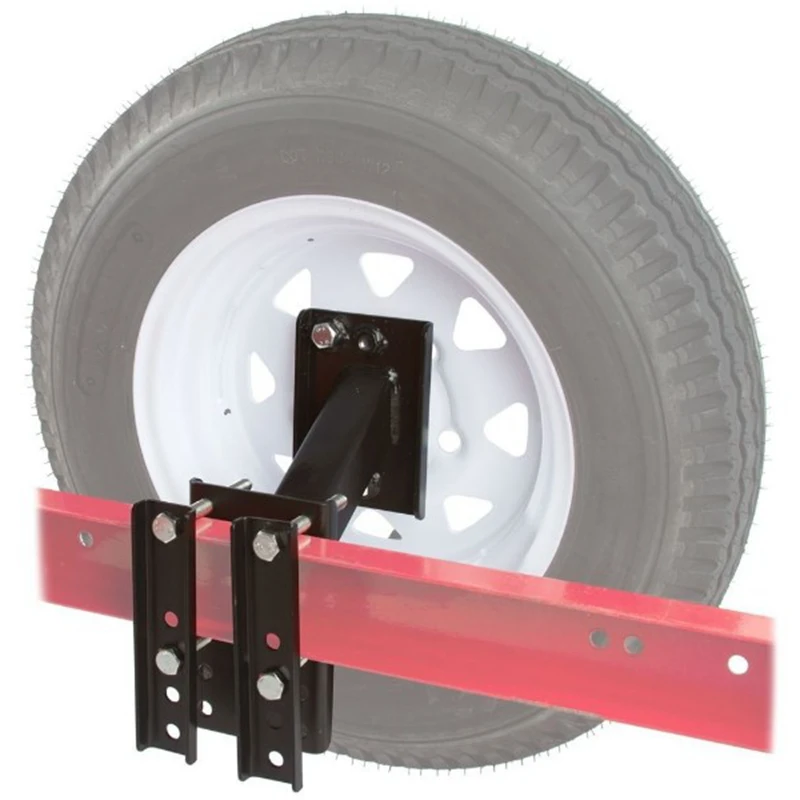 Avoid roadside trailers, on the sign of which there is a careless inscription made with oil paint. It is worth resorting to the services of such "handicraftsmen" only in extreme cases, when there are no other, more worthy workshops in the vicinity.
Avoid roadside trailers, on the sign of which there is a careless inscription made with oil paint. It is worth resorting to the services of such "handicraftsmen" only in extreme cases, when there are no other, more worthy workshops in the vicinity.
2. Pay attention to the tool and lifter. One quick glance is enough to determine how neat and modern the technical base looks.
In large brand centers, a lift is preferred to a rack jack: it allows you to quickly and safely dismantle the wheels. According to the current rules, the balancing machine is mounted on a concrete pad with subsequent reliable fixation. Modern balancing equipment has a lot of possibilities: it is used to eliminate axial runout, argon welding, welding, etc.
The beading machine must be equipped with plastic pads.
As an example: a typical situation is that “secrets” or a company key are lost. In reputable services, the problem is solved not with a gas key and a chisel, but with cold welding and specialized pullers.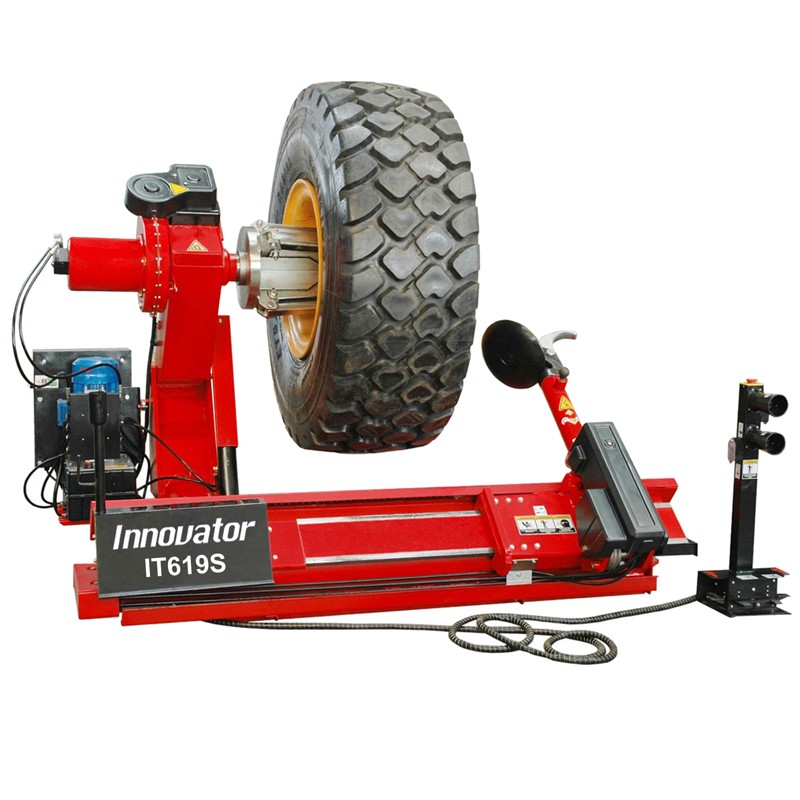 The same applies to a disc stuck to the hub: the defect cannot be removed with a hammer, a professional will use a rubber sledgehammer and tightening straps.
The same applies to a disc stuck to the hub: the defect cannot be removed with a hammer, a professional will use a rubber sledgehammer and tightening straps.
3. How to choose a tire fitting for a car owner who does not have sufficient experience and knowledge in this kind of procedures? Just take a look at the staff and the environment in the workshop. If the craftsmen, dressed in dirty robes, did not bother to put down their tools and clean up, then they treat their work the same way. Fume and dirty robes are another sign of amateurs. Without entering into discussions with "experts", turn around and leave.
4. Choose one service center where competent seasonal tire changes and tire repairs are carried out. The specialist will perfectly study the features of the wheels of your car. In addition, the master will feel additional responsibility, because in case of any problems, the demand is from him.
5. Talk to experienced motorists, find out where they carry out seasonal "changing shoes".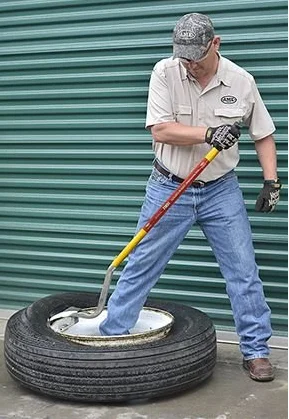 Read reviews about services in the area where you live, for sure there is something suitable.
Read reviews about services in the area where you live, for sure there is something suitable.
6. Proper tire fitting issues checks or other documents confirming the fact of service. This is not mandatory, but highly desirable.
7. The pressure gauge is used to check tire pressure. The problem is that in order to maintain the accuracy of the readings, the device must be checked every 6 months, with the appropriate seal on the glass. Most tire companies ignore this simple rule. It’s great if they use a pressure gauge with a rubberized case at the service, observing operating standards.
8. Convenient location is a secondary selection criterion. It is better to drive an extra 5-10 km to use the services of a trusted service station.
| Procedure | Description |
| Vehicle parking | Special markup is required for the correct installation of the car on the platform.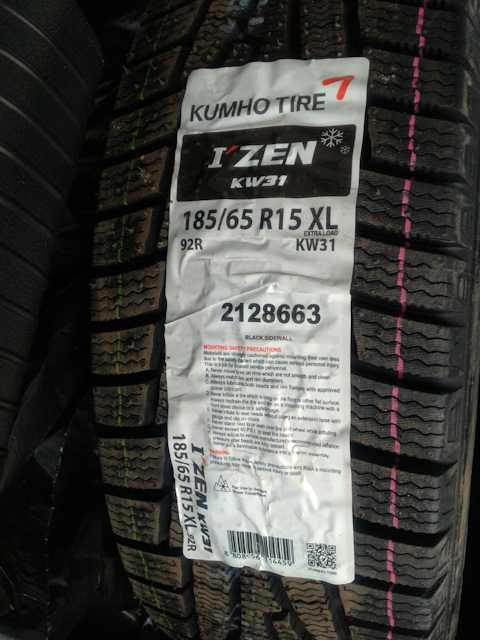 Mandatory fixation with a handbrake and a "shoe". Mandatory fixation with a handbrake and a "shoe". |
| Jacking | If a rack jack is used, rubber grommets will be required to avoid body damage. |
| Wheel removal | Modern services use hydraulic and air jacks, standard sets of heads. To unscrew the nuts, a regular wrench or wrench is suitable. The “secret” is given to the master by the client. As a rule, it lies in the trunk along with a spare wheel and a set of keys. |
| Wheel wash | Cleaning should be done with an automatic washer, not with a brush. It takes from 0.5 to 2 minutes to remove the main contaminants. |
| Tire wringer | A special screwdriver allows you to unscrew the cap and the spool. Next, the outer side of the tire is pressed, and then the inner side. Scheme: spinning - turning the wheel 90–120 ° - repeated spinning. Scheme: spinning - turning the wheel 90–120 ° - repeated spinning. |
| Visual inspection, lubrication | Even before the start of work, the master examines the condition of the tire, the nature and degree of its wear. Lubrication is carried out before boarding: soap and machine oil are not suitable, mounting paste is required. |
| Tire inflation | At the correct tire fitting, they always take care of the pressure gauge: a fragile device is afraid of falls and mechanical stress. The correctness of tire inflation with gas or air depends on its serviceability. Tire manufacturers recommend bringing the pressure up to 4 atmospheres so that the tires correctly "sit down" on the seats. And after that, the pressure is reduced to the desired level. |
How can you tell if you are among amateurs?

1. Visually inspect every day to check if one of the tires is flat.
2. Rebalancing every 4-5 thousand km.
3. Along with the seasonal “re-shoeing”, valves are changed, which are destroyed as a result of UV radiation, precipitation, and temperature changes. It is also not a pair of front or rear wheels that changes, but the entire set.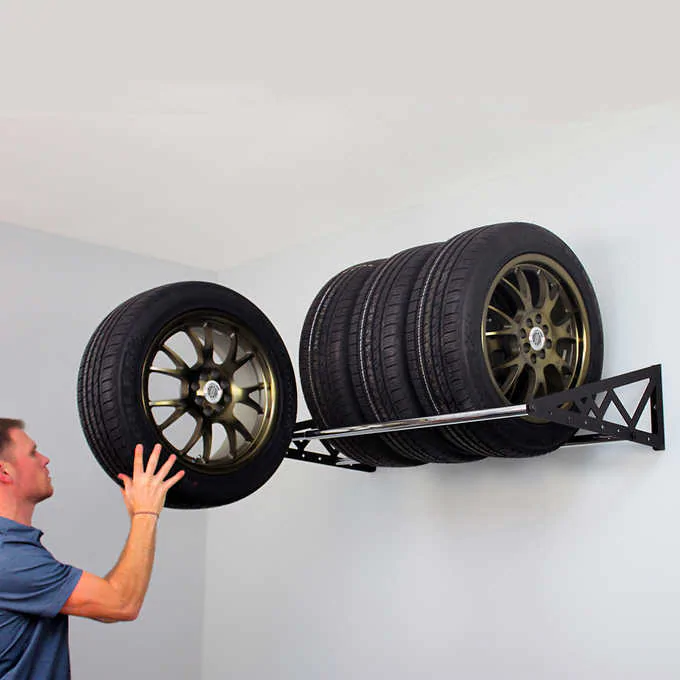
4. If the wear indicator is visible, it is time to change the tires.
5. With a professional, correct tire fitting, the correspondence between the dimensions of the wheels and tires is monitored. Take note of this.
6. For uniform tire wear, it is advisable to change the wheels every 10-12 thousand km.
7. It is best to store tires, in order to avoid loss of performance, in proven services. After reading the article: "Seasonal storage of tires." You will learn what rubber is afraid of, how to store it, and what nuances you need to consider when storing tires in the services designed for this.
Taking this opportunity, I would like to recommend one more article, especially for those who have not had time to buy winter tires yet: "How to choose winter tires".
Summing up the article, as an example, I want to tell you about two cases: one from my own experience, the other from my good friend.
In my case, one left front wheel was only baited.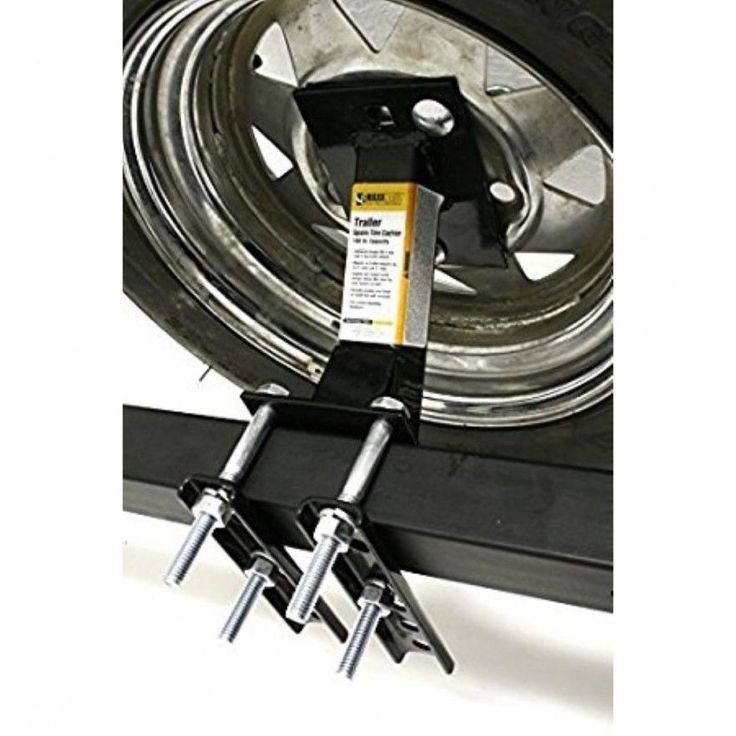 It's good that after driving a little, something pushed me to check, and the situation could develop according to a different scenario .... As with my friend.
It's good that after driving a little, something pushed me to check, and the situation could develop according to a different scenario .... As with my friend.
The wheel was also only baited and fell off during the movement. Having entered the pole, the entire front of the car was in a mess, the chassis also required serious repairs. It's good that there were no casualties.
Watching the ordeals of my friend for six months, the enemy would not wish this - proceedings with a workshop, an insurance company, a court - I concluded: "Trust, but verify."
The negligent attitude of some employees can lead to human casualties, leaving children without parents, crippling the fate of other people.
Not only do you need to find the right tire service, but you also need to insure yourself.
It seems to be a simple operation - a seasonal change of tires, however...
Choosing the right tire fitting should be taken quite seriously and do not hesitate to control the work of the service staff, which directly affects your safety.